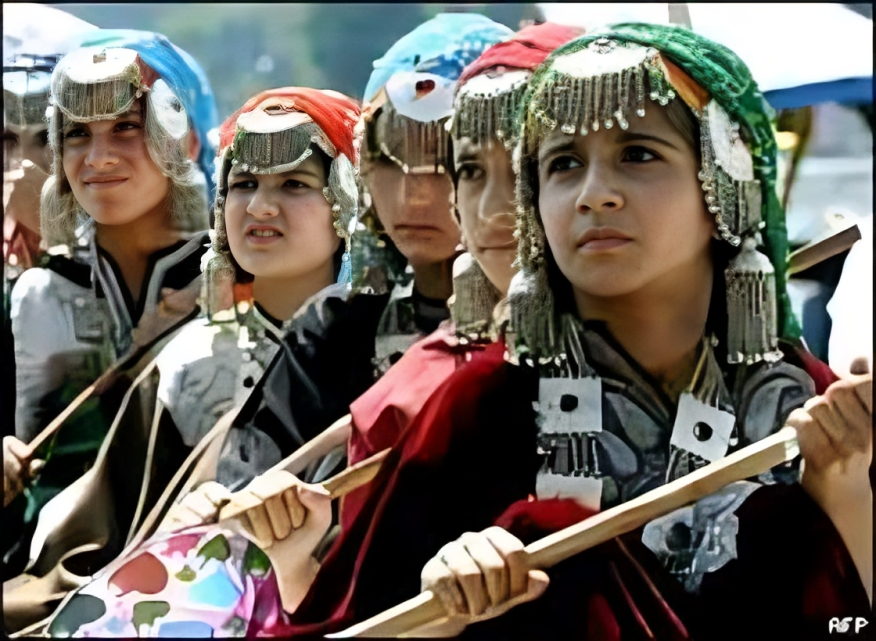Traditional Dress of Jammu and Kashmir – A Glimpse into Cultural Elegance
- Kashmir Holiday Package
- 21 hours ago
- 2 min read

The traditional dress of Jammu and Kashmir is a beautiful reflection of the region’s rich heritage, blending comfort, elegance, and cultural identity. Influenced by its diverse communities, climatic conditions, and history, the clothing here showcases a perfect balance of practicality and artistic beauty. Whether in the snow-clad valleys of Kashmir or the plains of Jammu, each garment tells a story of tradition and craftsmanship.
The Essence of Jammu Kashmir Traditional Dress
The Jammu Kashmir traditional dress is deeply rooted in the lifestyle of its people. With chilly winters in most parts, the attire is designed to keep wearers warm while preserving cultural charm. Men typically wear a Pheran, a long, loose woolen gown that offers insulation against the cold. Women also wear the Pheran, often embroidered with intricate designs that highlight Kashmiri artistry. Underneath, a Poots (woolen trouser) and warm undershirts ensure comfort during harsh winters.
The Kashmiri Pheran – Symbol of Culture
The Pheran is perhaps the most iconic Jammu and Kashmir costume. Traditionally, it was made from wool or tweed, but modern versions often include cotton for summer wear. Women’s pherans are adorned with Sozni or Tilla embroidery—delicate gold or silver thread work that enhances elegance. Men’s pherans are usually plain, paired with a Kangri (earthen fire pot) tucked underneath to provide warmth.
Women’s Traditional Attire
Kashmiri women’s outfits are a blend of grace and vibrancy. The traditional dress often includes a Pheran, paired with an embroidered headscarf or Taranga, especially worn by Pandit women during weddings. For Muslim women, a Dupatta or scarf covers the head. Heavy silver jewelry, such as Dejharoos (ear pendants) and necklaces, adds a regal touch. In Jammu, Dogra women wear Ghagra-Choli or Salwar-Kameez with bright colors, showcasing the cultural diversity of the region.
Men’s Traditional Wear
Men in Kashmir pair their Pheran with a turban or woolen cap, depending on the community. The Jammu and Kashmir costume for men often includes the Pathani suit in Jammu or traditional kurta-pajama in summer months. In winter, woolen shawls and caps complete the attire. Rural communities still follow these traditional styles, while urban areas see a fusion of modern and ethnic fashion.
Influence of Culture and Climate
The traditional dress of Jammu and Kashmir is a direct reflection of its weather patterns and cultural influences. The heavy use of wool, embroidery, and layered clothing is practical for the region’s long winters. Meanwhile, the artistic designs represent centuries of craftsmanship passed down through generations.
Modern Adaptations
Today, while modern clothing has found its place in daily life, special occasions, weddings, and festivals still see people wearing the Jammu Kashmir traditional dress with pride. Designers have also started blending these traditional elements into contemporary fashion, making them appealing to younger generations.
The traditional dress of Jammu and Kashmir is more than just clothing—it is a cultural emblem, a heritage preserved through colors, fabrics, and designs. Wearing it is like wrapping oneself in centuries of history and artistry.
Kashmir Holiday Packages invites you to explore this cultural treasure firsthand. View our other packages to Gulmarg, Pahalgam, Aru Valley, and more.



Comments